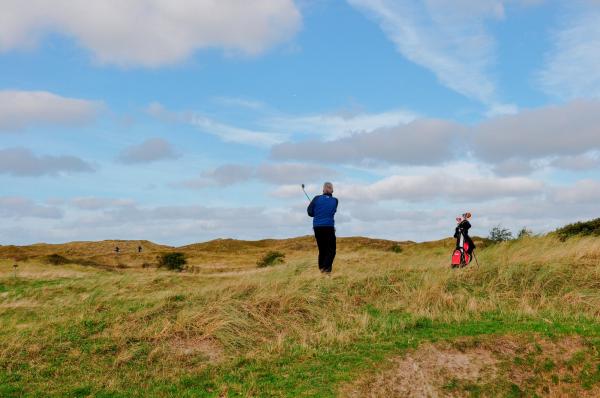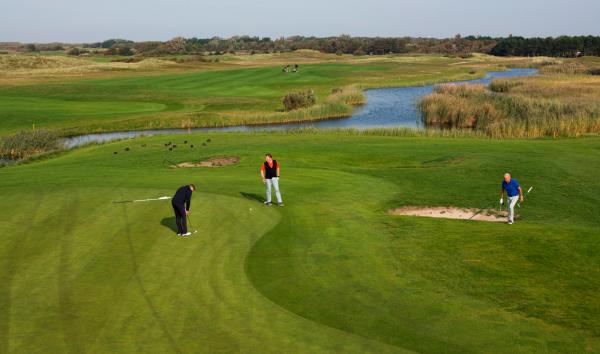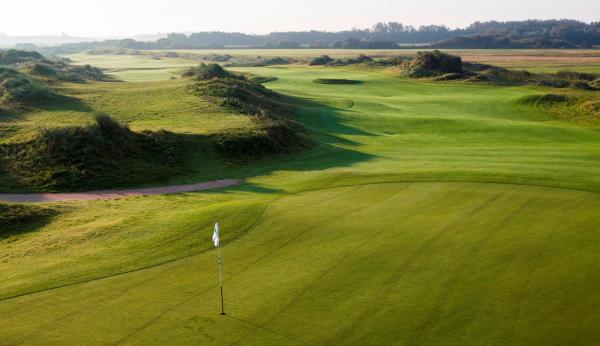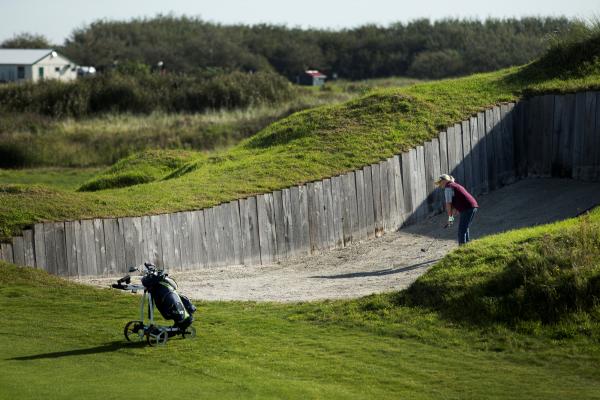De Krim Texel
The former island of Eierland, connected to Texel by a dyke in the seventeenth century, was a barren, bare and windy land for shepherds and egg collectors. It was only after the Belgian ship-owner Nicolaas de Cock and others launched the reclamation work in 1835 that the prospect of a prosperous future emerged. Initially, only the ‘othersiders’ put their hands to the shovels, but later Texel’s inhabitants themselves saw the possibilities of the new land.
A decisive step was taken in 1969, when a group of 28 determined Eierlanders decided not to leave the design of a recreational area to Den Burg but to seize power as a village. The birth of De Krim!







